
A million years ago when I lived in Williamsburg (an industrial neighborhood in Brooklyn that has since become incredibly trendy) with my roommate, Paola, we set up a massive garden on the roof of our loft. Being poor artists, we couldn’t afford planters so we used … brace yourselves … caskets. Yes, there was a casket factory across the street and every couple of months, they would throw out dozens of full-size aluminum caskets (for some reason that we never bothered to question). We dragged these crazy things to our roof, filled them with soil, and grew the most amazing herbs and vegetables that ever came out of something meant for a dead person. Of course it must have looked unsettling, all these caskets lined up in rows with plants growing out of them, but we didn’t care. In fact, we had enough sweet Roma tomatoes to make “casket sauce” as we called it (mostly to horrify our dinner guests).
Now I’m a big shot and have a deck and a yard and no longer have to resort to funeral paraphernalia to satisfy my green thumb. This year we’re growing more herbs than ever and for the first time, our sage plant bloomed with the most beautiful purple flowers. Nature, man.
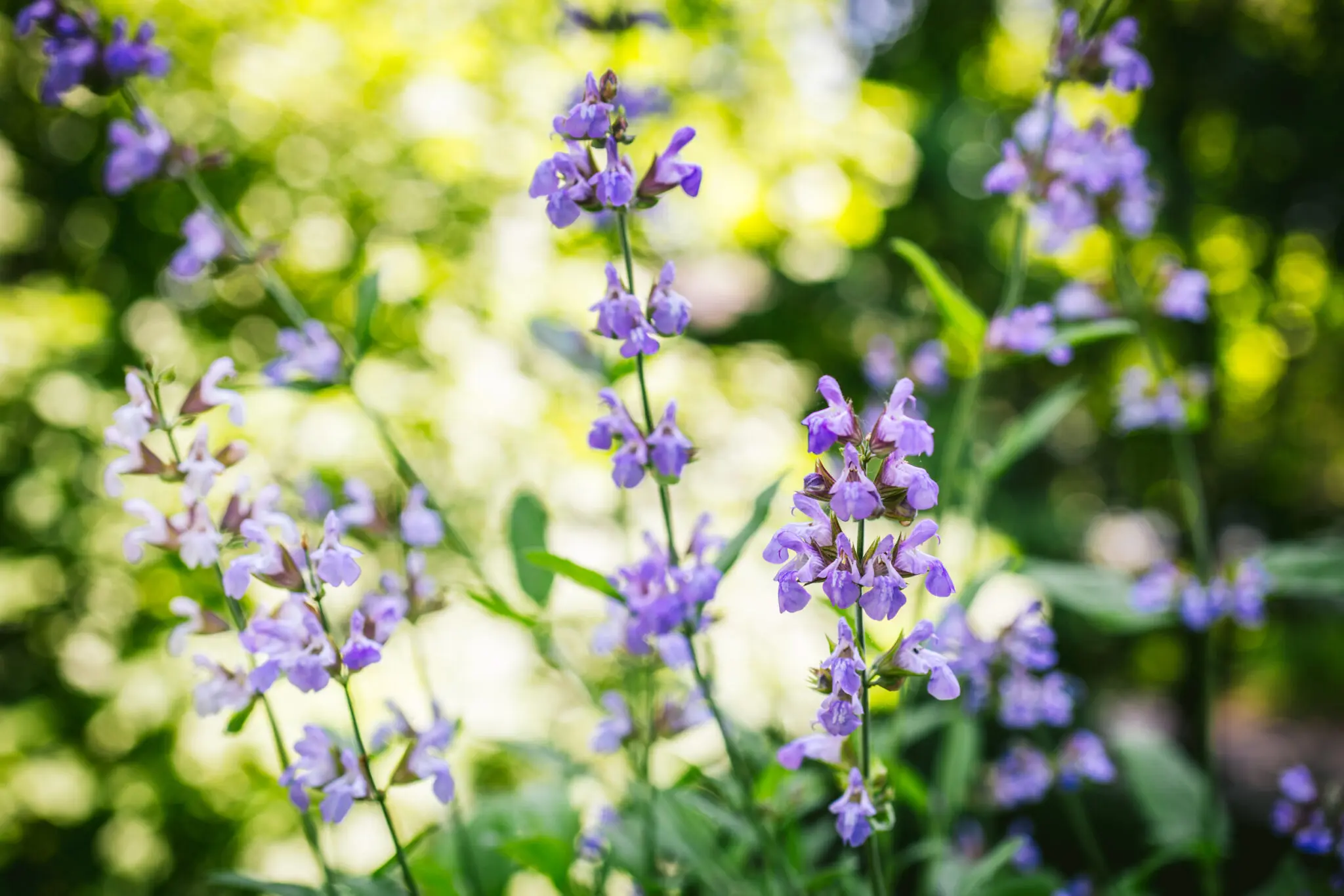
The classic Bee’s Knees is one of my favorite cocktails and it couldn’t be simpler. It’s just gin, honey and lemon. I decided to add sage not just because it’s growing like gangbusters right now, but because it goes so well with these flavors. We initially tried this recipe from Salt and Wind, which we liked a lot, but we couldn’t really taste the sage. Infusing the honey syrup with fresh sage leaves gives it stronger flavor, but not so strong that it overpowers.
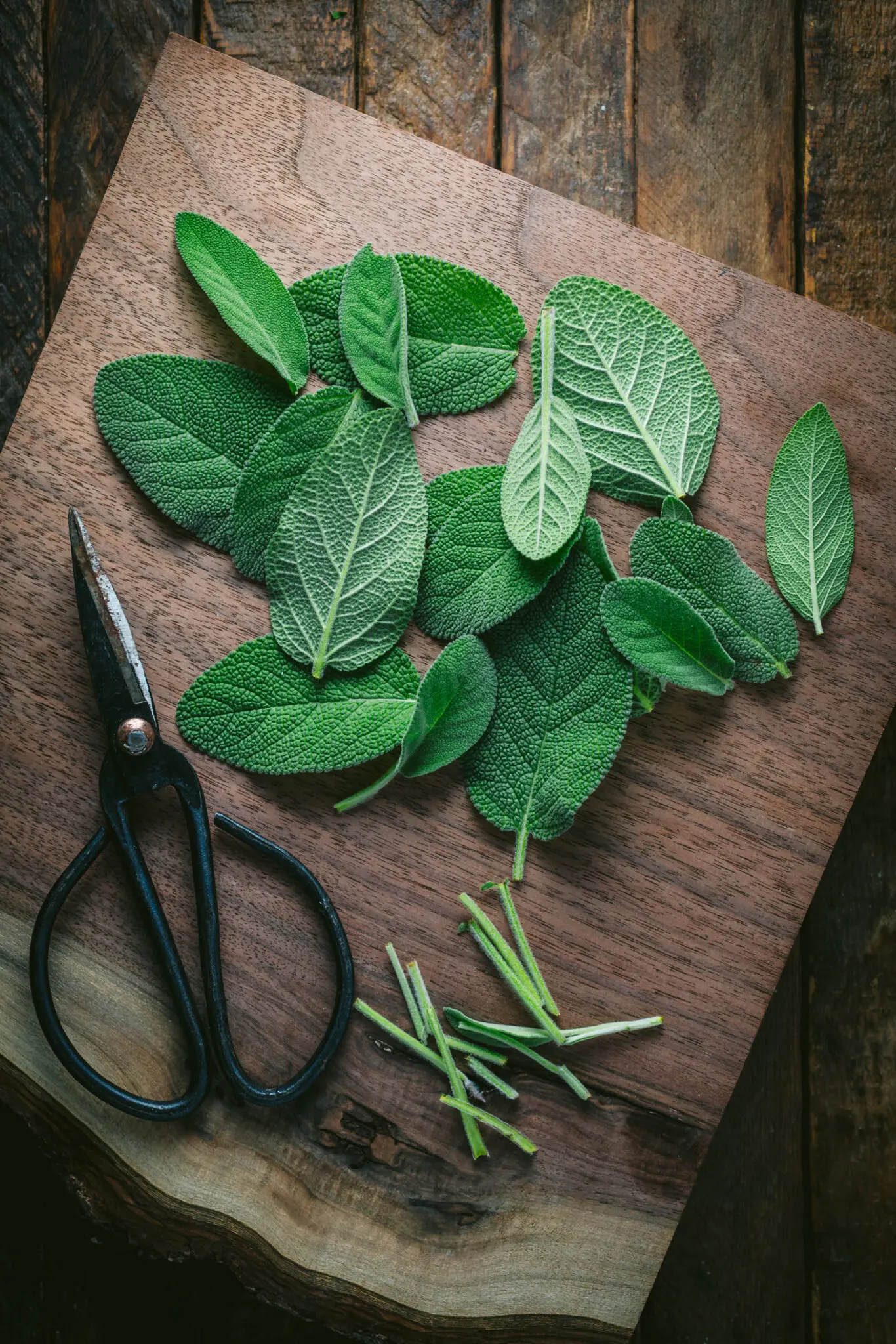
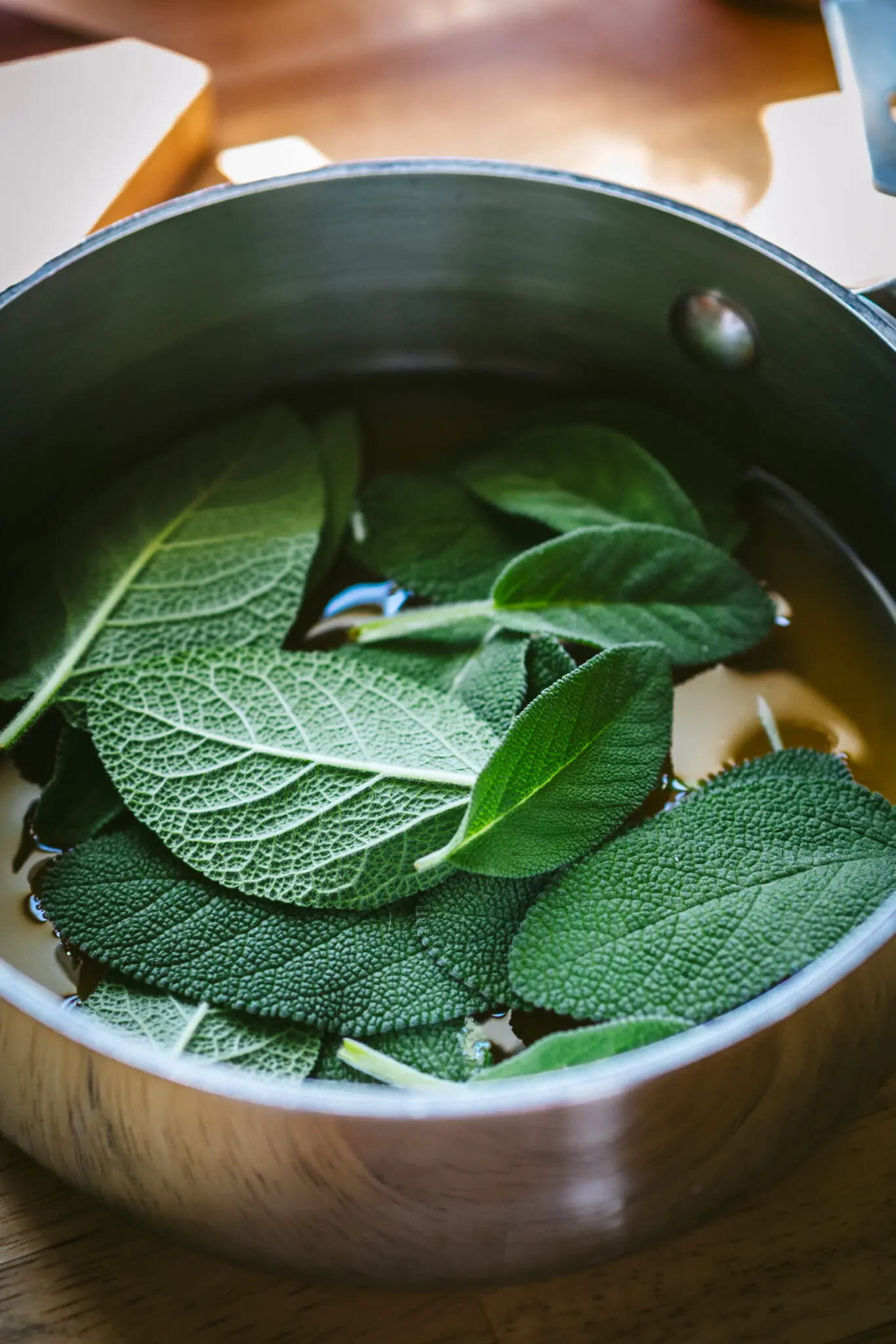
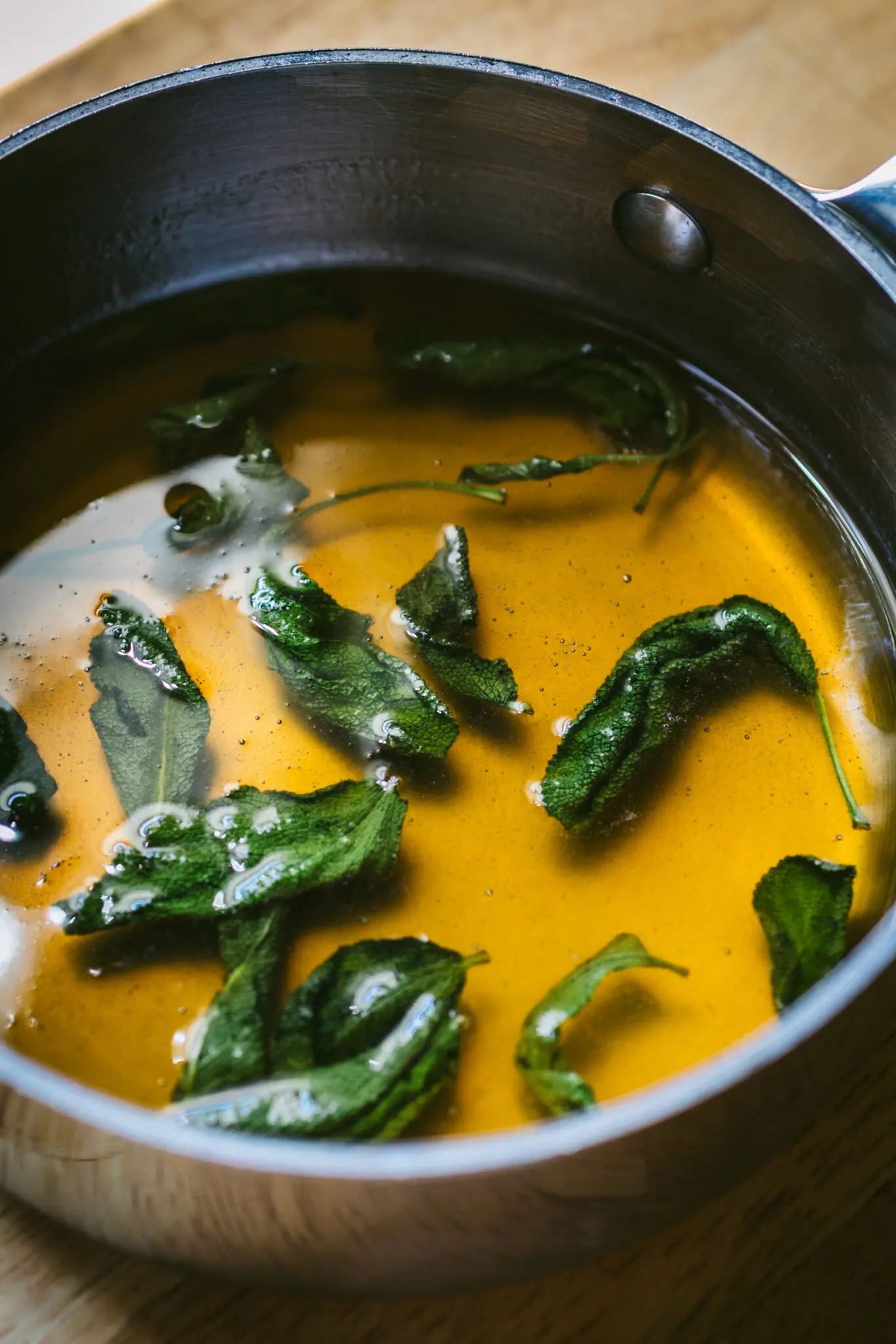
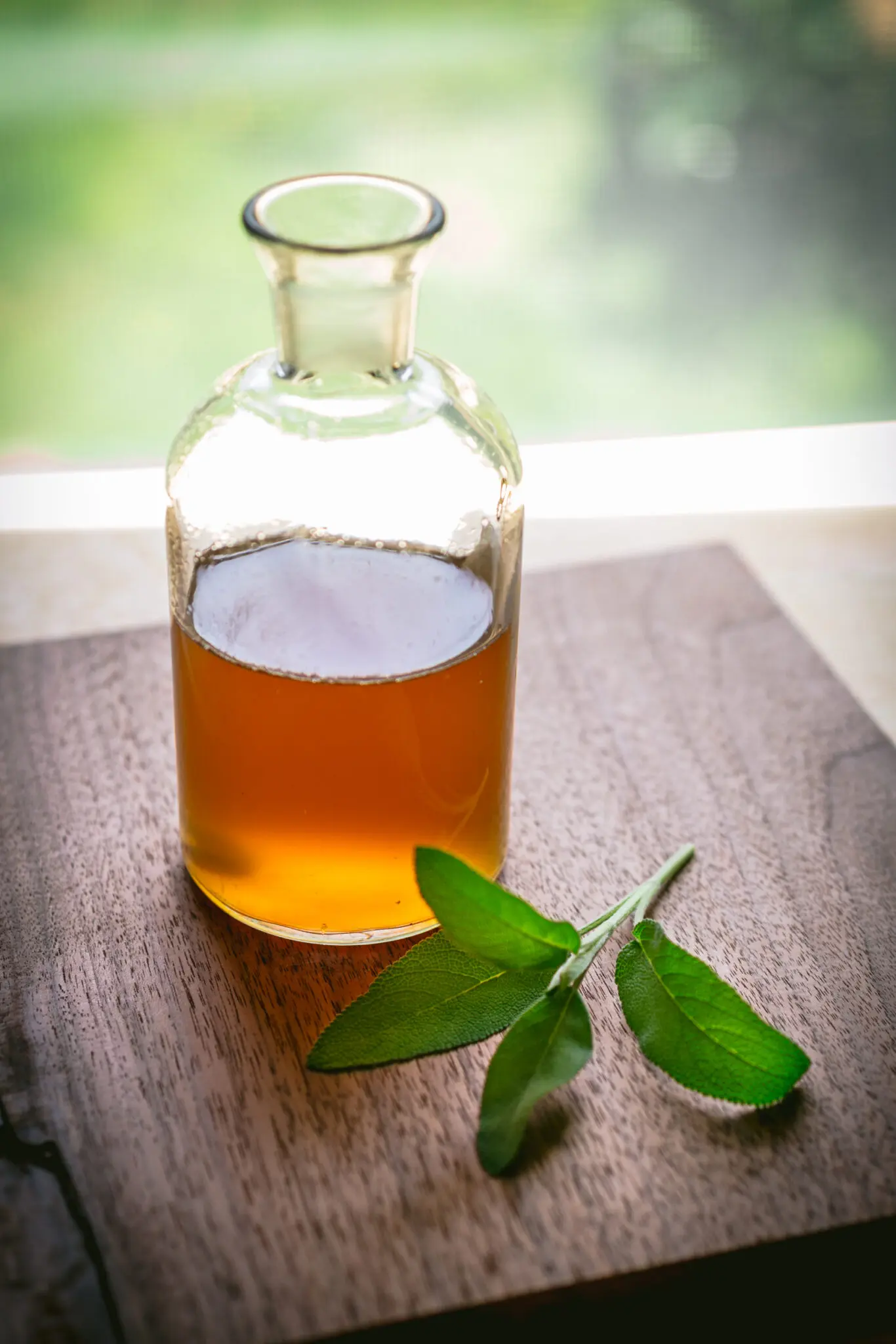
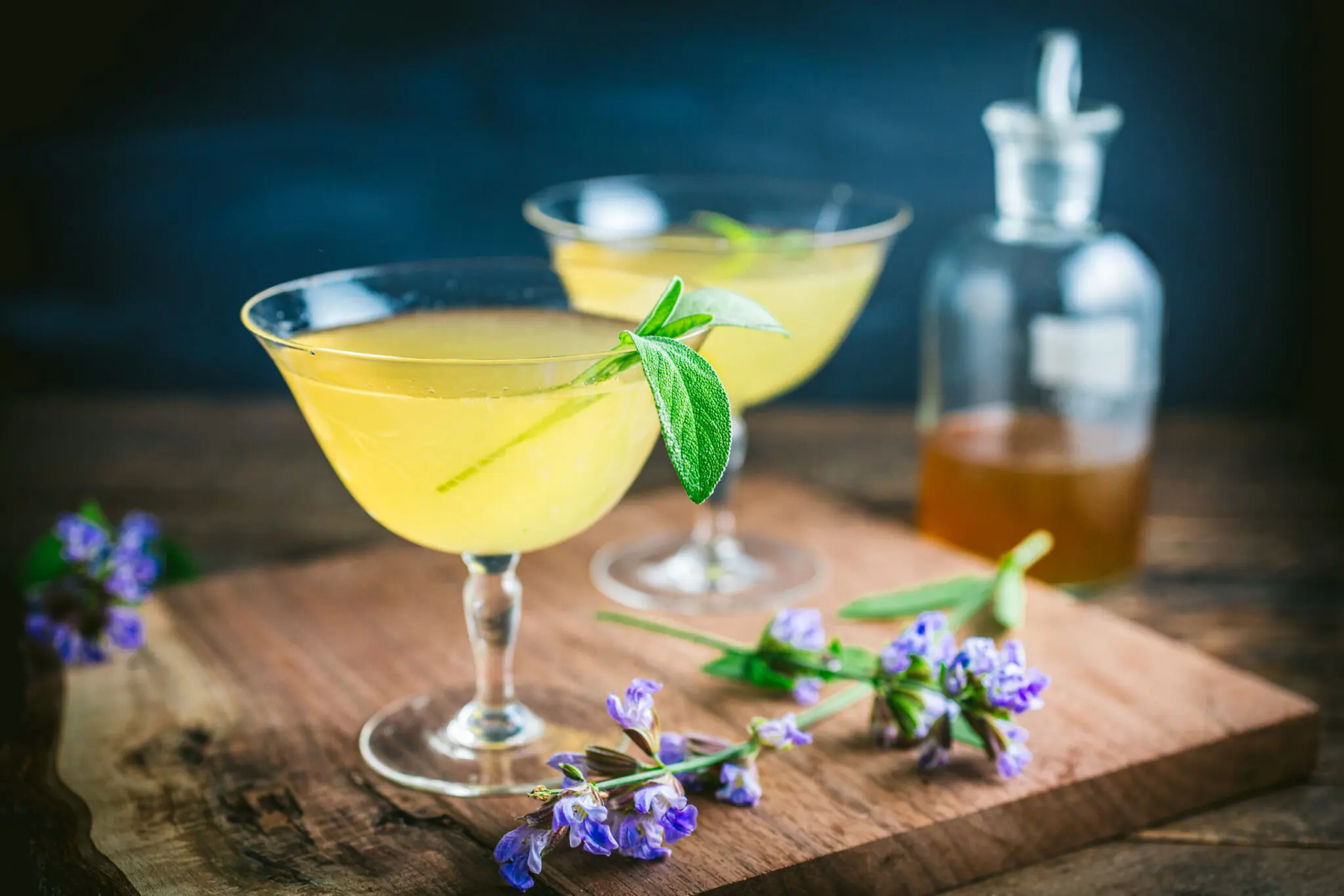
This is one of those drinks that works as well in winter as summer. In fact, it would be a great Thanksgiving cocktail, since sage is such an integral flavor to the holidays. But now it’s late Spring and here I am, enjoying one while the scent of sage blossoms perfumes the air.
Heaven.
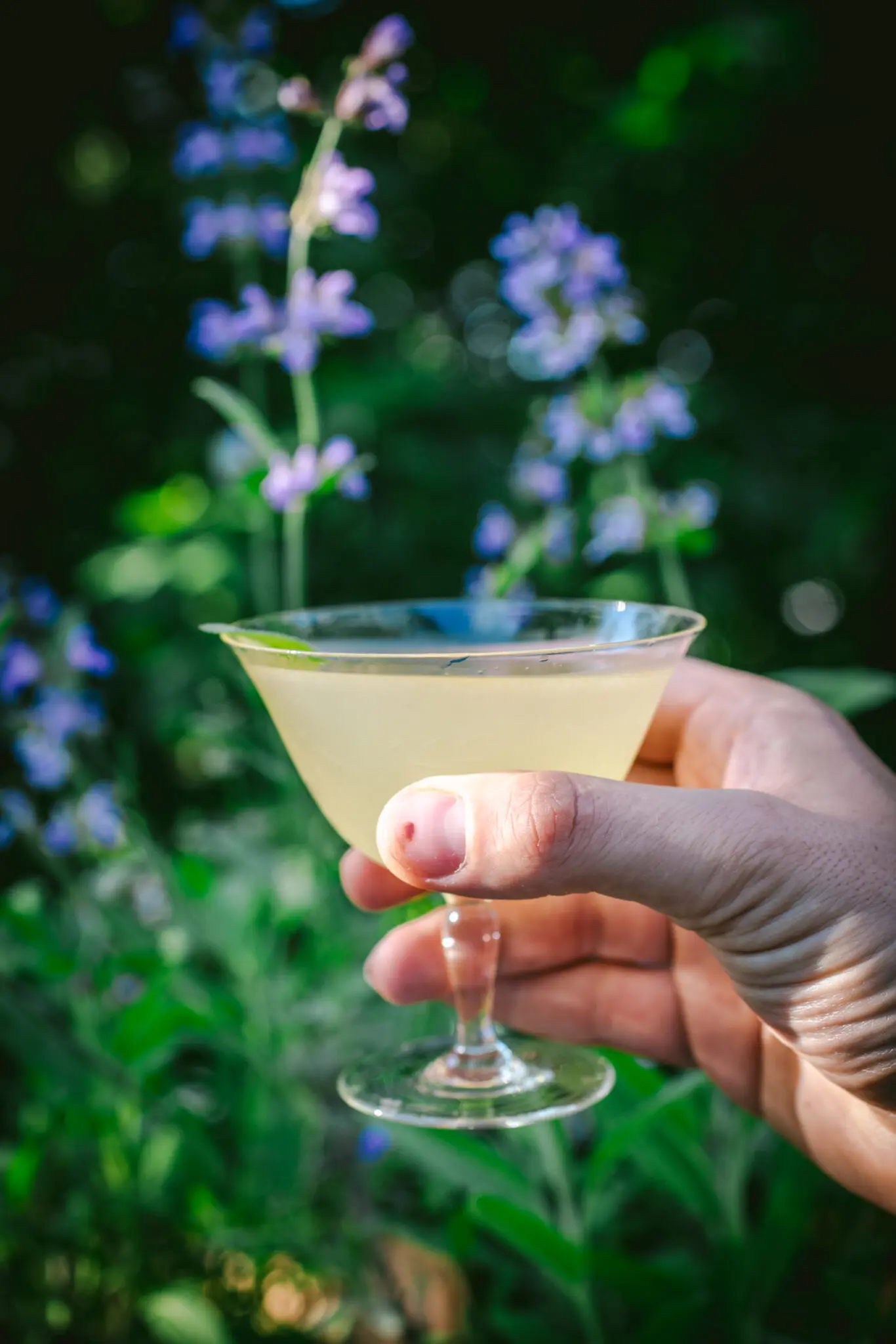
The Pollinator (aka Sage Bee’s Knees)
Ingredients
For the Honey-Sage Syrup
- 1/2 cup honey
- 1/2 cup water
- 12-15 sage leaves stems removed
For 2 Cocktails
- 4 ounces gin
- 2 1/2 – 3 ounces honey-sage syrup depending on how sweet you like it
- 3 ounces lemon juice from about 1 1/2 large lemons
Instructions
Make the Honey-Sage Syrup
- Combine water, honey and sage leaves in a medium saucepan. Bring to a simmer over medium heat. Turn off heat and let it steep leaves for 15 minutes. Strain into a sealable jar or bottle. Makes about 1 cup. Leftover syrup will keep in the fridge for about 1 month, possibly longer.
Make the cocktails
- Combine gin, lemon juice and syrup in a cocktail shaker. Fill shaker halfway with ice and shake until thoroughly chilled, about 15 seconds. Strain into a chilled cocktail glass. Garnish with a sage leaf or a lemon twist.
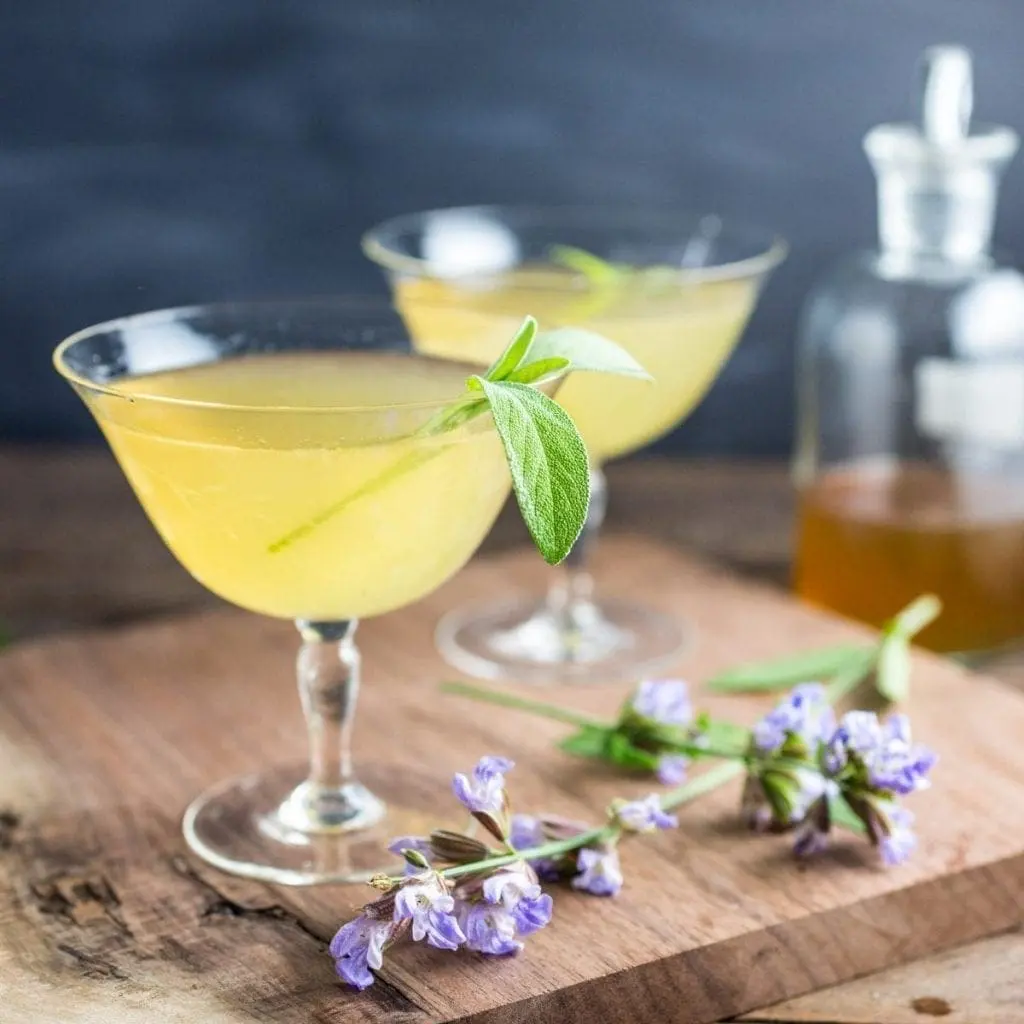
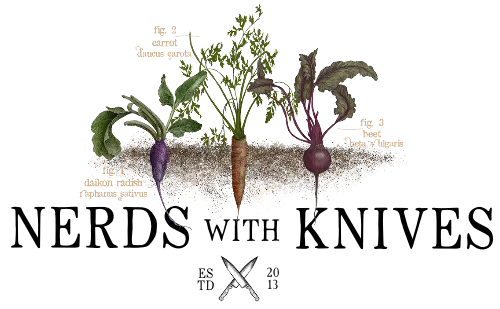

Sounds yummy, but…..Have you tried it with vodka instead of gin?
I haven’t but I’m sure it would be good! I’m just on a gin kick these days 🙂
I haven’t seen sage flowers before! They are so pretty! And this cocktail is so perfect for the season.. I just wish it was hotter here in Australia to justify one!
Emily, you and Matt have a beautiful site with a fantastic collection of recipes. I still miss your charred string beans, among other things. And Shibani’s slow cooked eggs- I forget what she called them coddled or something. I’m so glad you have a garden now. I don’t even remember how we watered that rooftop garden…and now there are many such roof gardens in East Williamsburg.
PAOLA!!! So good to hear from you! I miss cooking for you. I always tell Matt that you were my favorite person to cook for ever because you were always so appreciative. Of course, it was mostly because we did our best cooking at 3am, drunk off our asses coming back from a show. Remember when we made “sushi” rolls with every crazy leftover we had in the fridge? There was, like, salad and lasagna in one, I’m pretty sure. Oh, and I still dream of Shibani’s coddled eggs. They took forever but they were SO good.
I remember how we watered that garden and it was ridiculous. We dragged buckets of water up 3 times a day, by hand. Yep. It took about 20 buckets to water everything and it was so hot up there that everything would shrivel if it didn’t get watered at least twice. Remember when the firemen came to inspect the hallways and we gave them tomatoes. They must have thought we were nuts.
Anyway, you have to come up and see the garden and meet the chickens. It’s all pretty much a mess but we’re getting it together slowly. I haven’t been to W’burg in so long, I’m not even sure I would recognize it. Hope you’re well. I think of you often.